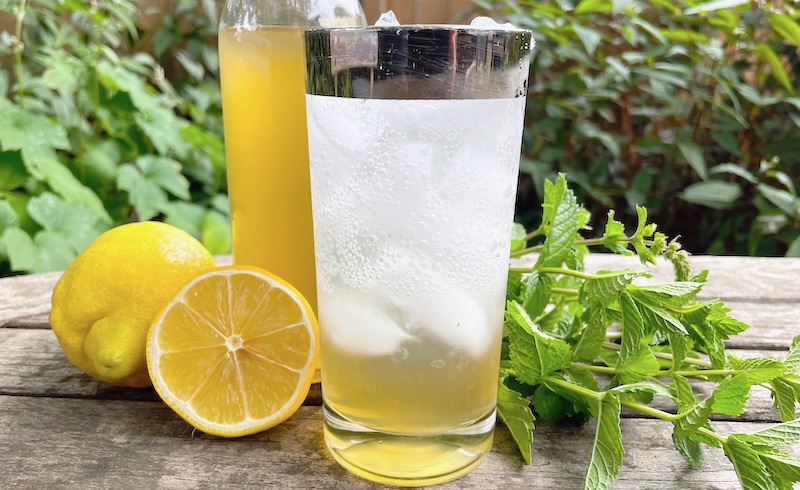
Summer Thirst Quencher: Homemade Drinking Vinegars!
My neighbors Bill and Jen have been a driving force behind many of my culinary explorations, with their extensive garden and Bill's consuming interest in fermentation. Jen, too, comes from a long line of picklers and preservers—check out her great-grandmother's refrigerator pickles recipe—and Bill turned me on to homemade shrubs like his cantaloupe and mint shrub.
Last year he gave me a bushel of purple shiso to play with, which led me to Andrea Nguyen's inspiring website, Viet World Kitchen, about all things Vietnamese—her Vietnamese Food Any Day cookbook has changed my cooking on a basic level—and her recipe for Vietnamese Shiso (Tia To) Shrub. I made several batches and we enjoyed them all summer long.
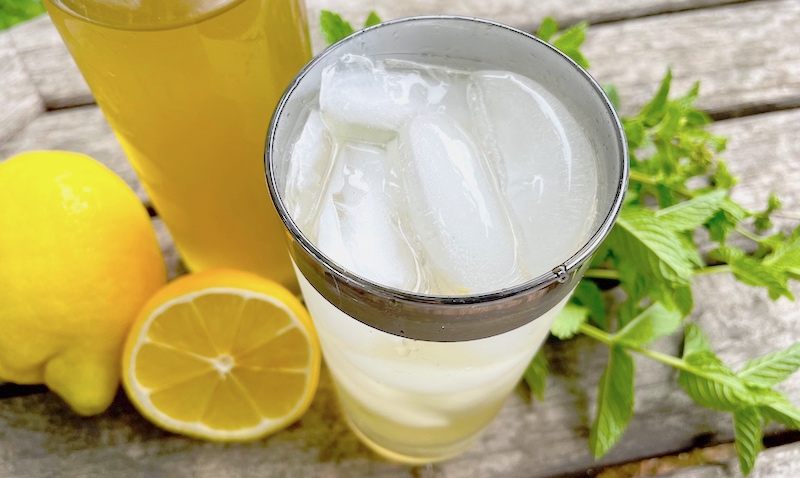 This year, just as the early July heat wave was hitting the Northwest with a vengeance, our Stoneboat Farm CSA was offering fennel as part of the share. Fennel's long wavy fronds are normally a source of annoyance since they've gone straight to the compost bin, but this time I asked my friend Melinda if there was a use for them. "Fennel fronds?!?" she exclaimed, her eyes lighting up at the thought. "Candied fennel! Syrup! Pesto!"
This year, just as the early July heat wave was hitting the Northwest with a vengeance, our Stoneboat Farm CSA was offering fennel as part of the share. Fennel's long wavy fronds are normally a source of annoyance since they've gone straight to the compost bin, but this time I asked my friend Melinda if there was a use for them. "Fennel fronds?!?" she exclaimed, her eyes lighting up at the thought. "Candied fennel! Syrup! Pesto!"
Okay, then—I now feel badly about dumping them all these years. But no more!
The pesto was made and enjoyed with a salmon fillet we grilled a couple of days later, and I made a syrup from the leftover stalks. It was good, but wasn't thrilling…until my son mentioned he'd made a soda with some of the syrup and had added a splash of tarragon vinegar to make it sing. And did it ever!
Don't get me wrong, I'm still in love with Andrea's shiso drinking vinegar, but this one may be the hit of this summer's beverage bar.
Fennel-Tarragon Drinking Vinegar
4 c. fennel fronds, sliced in 3" lengths
6 c. water
6 c. sugar
2 c. tarragon vinegar (see below)
In a large saucepan over medium heat, combine water, sugar and fennel fronds. Bring to a boil and turn off heat. Cover pan and allow to steep for 2-3 hours until syrup cools. Add vinegar and stir. Bottle and store in refrigerator (makes about two quarts); will keep for several weeks.
To make a beverage, fill an 8 oz. drinking glass with ice. Add 1 oz. drinking vinegar. Fill with club soda. Stir, adding more syrup or soda to taste. Garnish with lemon, mint, etc., if desired.
Tarragon Vinegar
Fresh tarragon
White wine vinegar
Fill a couple of pint jars with tarragon sprigs—feel free to pack them in, but not too tightly; you need room for the vinegar, after all! Fill with vinegar to within 1/2" of rim. Place tight-fitting lid on the jar and store in a cool, dark place (like a basement) for 2 weeks. Using a fine mesh strainer, strain out the sprigs. Bottle (I save my empty vinegar bottles for just this purpose) and store in refrigerator.

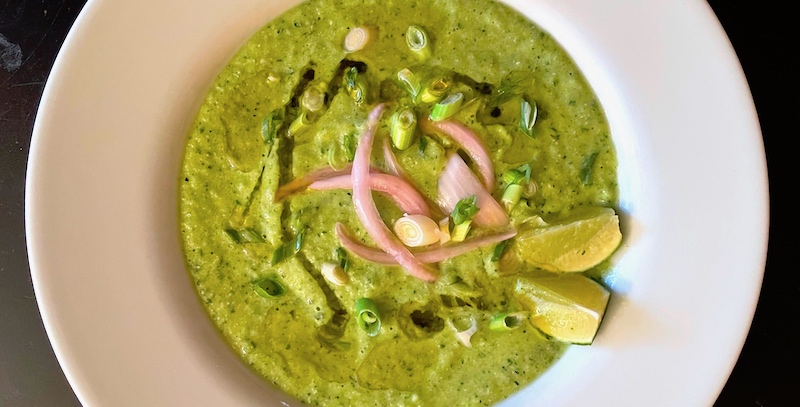



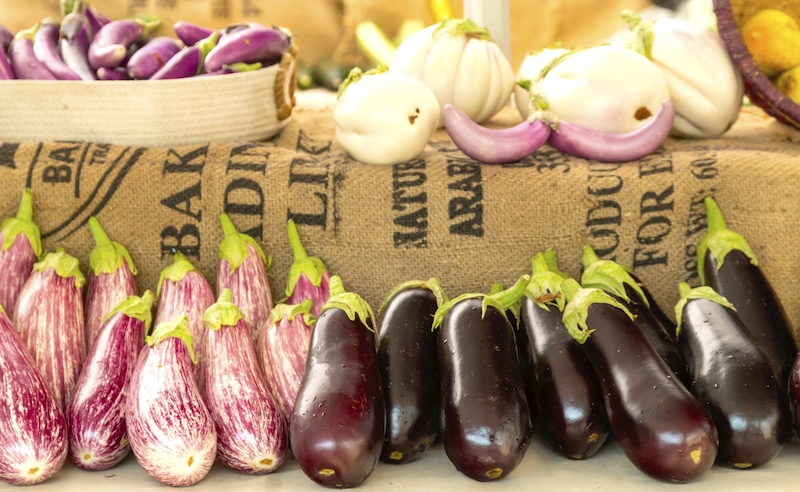

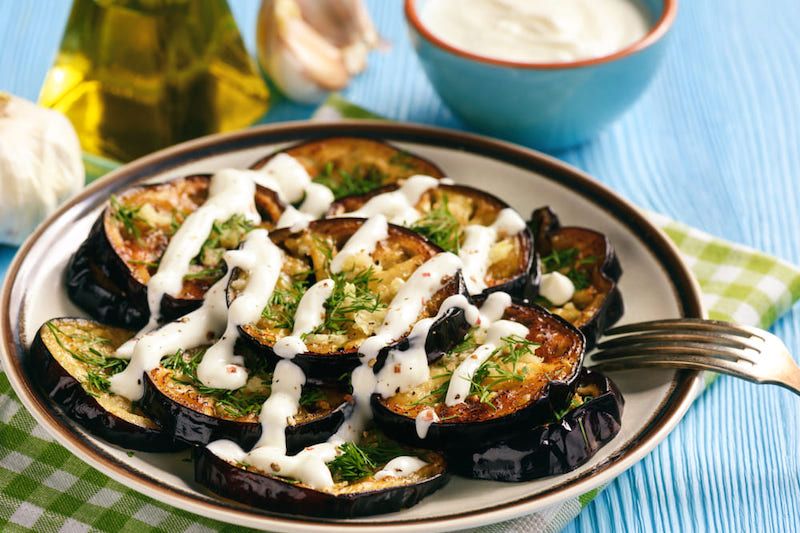
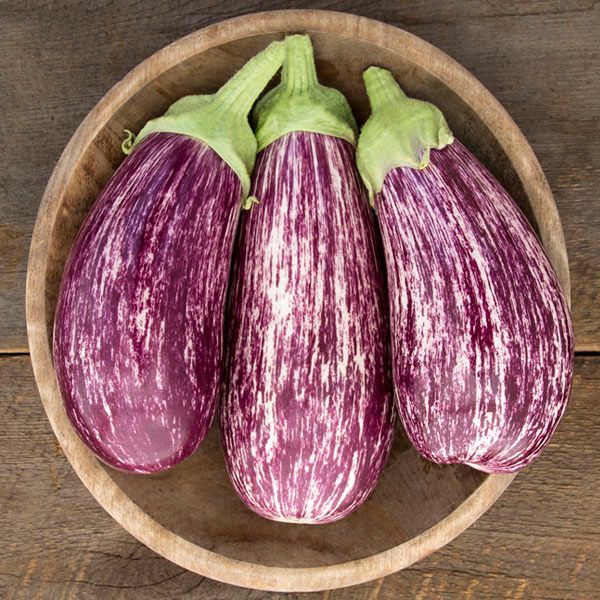
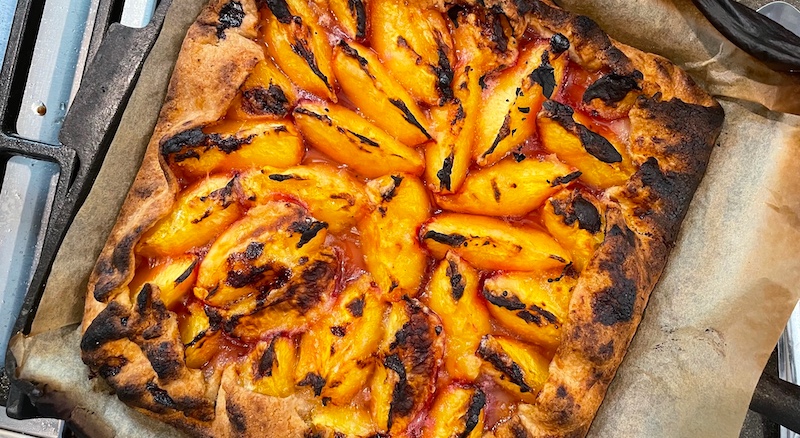



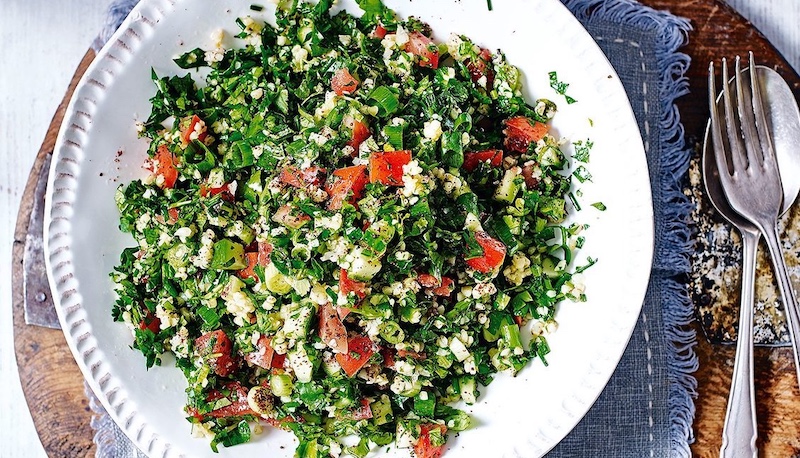
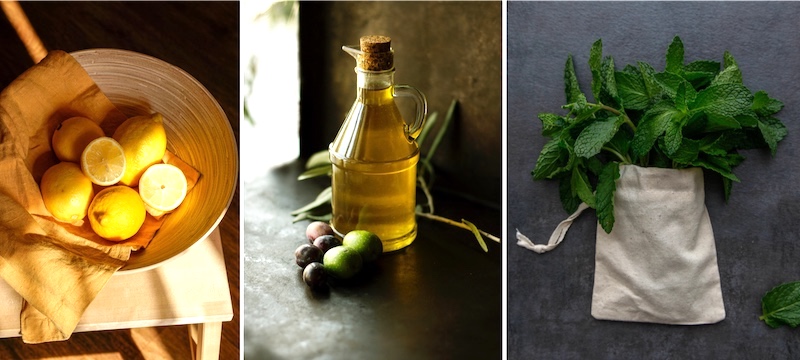

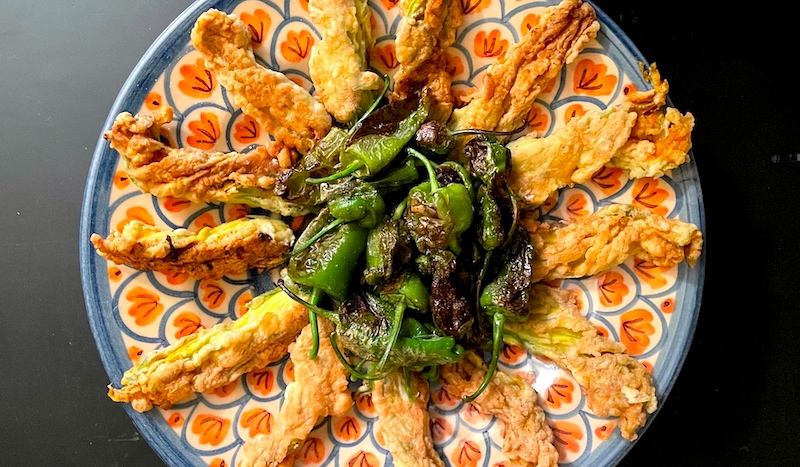
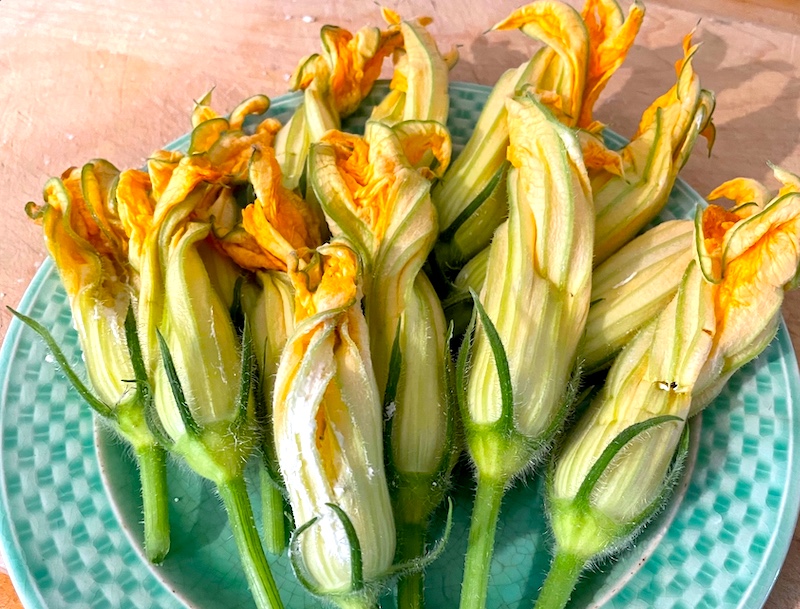
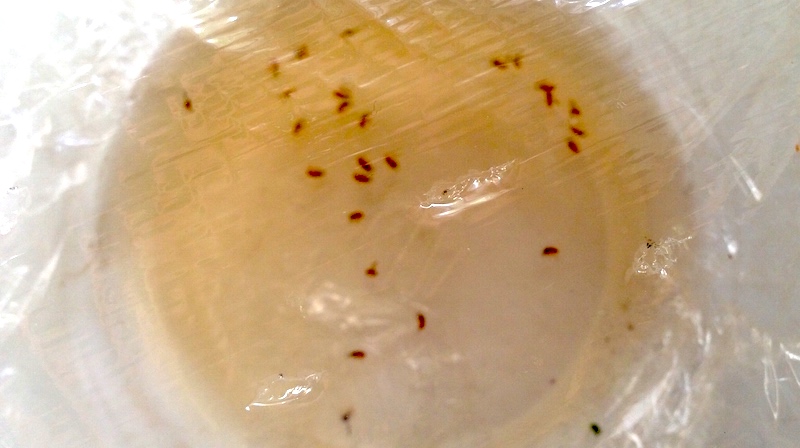

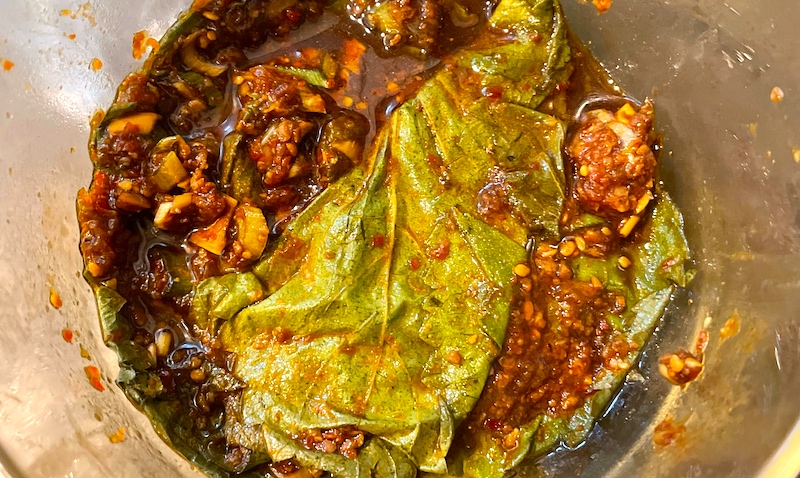
 It's made using shiso leaves, halfway between a leafy green and an herb that the New York Times described as "a mysterious, bright taste that reminds people of mint, basil, tarragon, cilantro, cinnamon, anise or the smell of a mountain meadow after a rainstorm." (Ooooookay…?) I'd say it's flavor is on the same spectrum as cilantro: definitely pungent, with a slightly minty twang. Shiso is, for me, a little strong to use in a salad, for instance, but the process of fermentation and the other ingredients in the brine—soy, ginger, garlic and the Korean ground peppers called gochugaru—seem to tame its somewhat, shall we say, overpowering personality.
It's made using shiso leaves, halfway between a leafy green and an herb that the New York Times described as "a mysterious, bright taste that reminds people of mint, basil, tarragon, cilantro, cinnamon, anise or the smell of a mountain meadow after a rainstorm." (Ooooookay…?) I'd say it's flavor is on the same spectrum as cilantro: definitely pungent, with a slightly minty twang. Shiso is, for me, a little strong to use in a salad, for instance, but the process of fermentation and the other ingredients in the brine—soy, ginger, garlic and the Korean ground peppers called gochugaru—seem to tame its somewhat, shall we say, overpowering personality.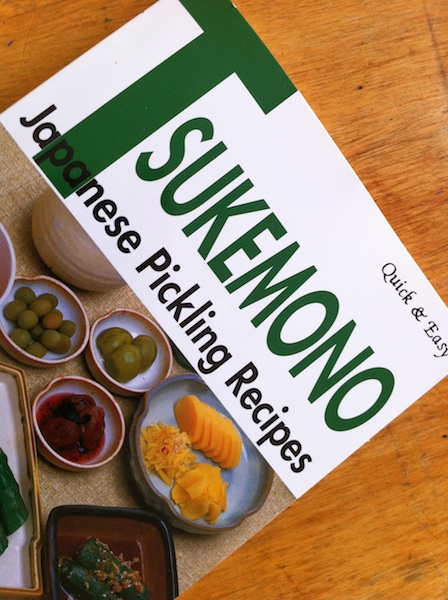 The recipe is adapted from a book I absolutely love,
The recipe is adapted from a book I absolutely love, 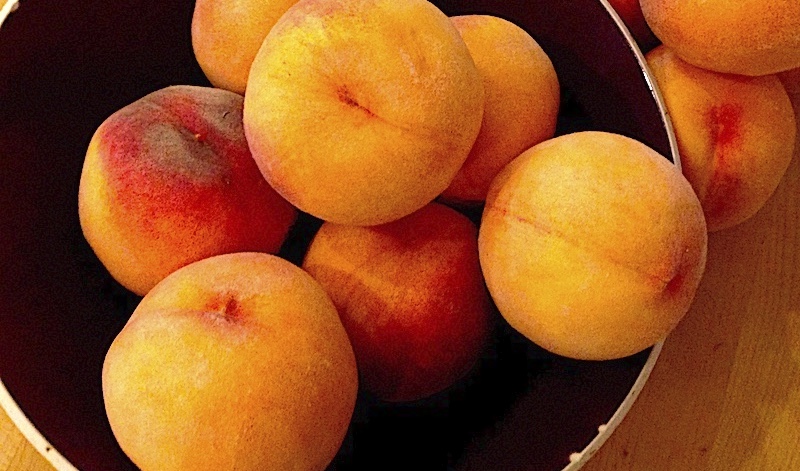
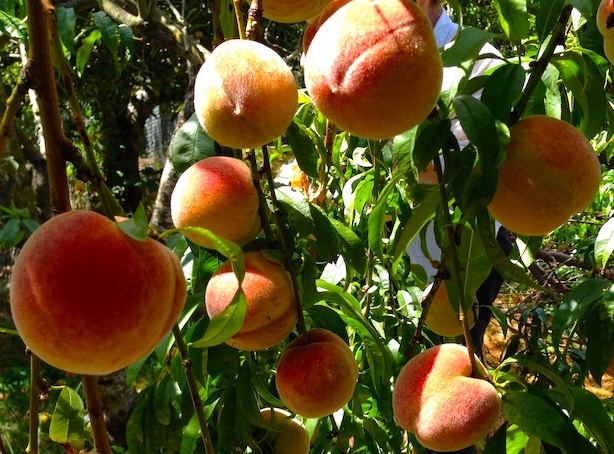 Among its many attributes, a medium peach is a mere 37 calories and is high in vitamins A, B, and C. Because a fully ripe peach is delicate and easily bruised, you will often find them sold just “under-ripe.” To fully ripen your fruit, place them on the counter in a brown paper sack, folded closed, for two or three days. (Do not try this in a plastic bag. As the fruit respires, it gives off moisture which will collect on the plastic bag and cause the fruit to rot.) The ripe fruit will be soft and fragrant. Refrigerate them at this point.
Among its many attributes, a medium peach is a mere 37 calories and is high in vitamins A, B, and C. Because a fully ripe peach is delicate and easily bruised, you will often find them sold just “under-ripe.” To fully ripen your fruit, place them on the counter in a brown paper sack, folded closed, for two or three days. (Do not try this in a plastic bag. As the fruit respires, it gives off moisture which will collect on the plastic bag and cause the fruit to rot.) The ripe fruit will be soft and fragrant. Refrigerate them at this point. 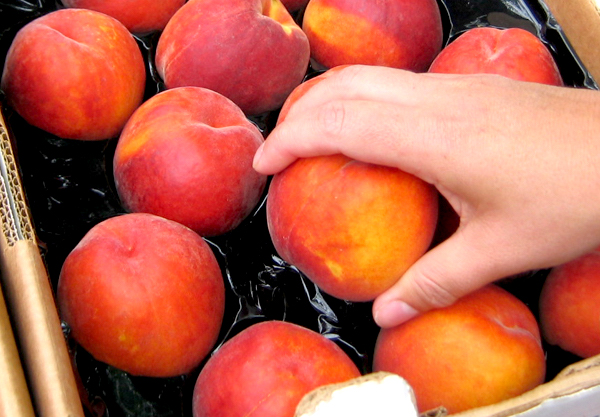 Like the plum and the apricot, peaches are members of the rose family (Rosaceae), distinguished by their velvety skin. If the peach fuzz bothers you, try rubbing the fruit with a terry handtowel after washing, it will diminish the feel of the fuzz on your mouth. Of course, you could also choose to purchase nectarines instead if the fuzzy skin bothers you.
Like the plum and the apricot, peaches are members of the rose family (Rosaceae), distinguished by their velvety skin. If the peach fuzz bothers you, try rubbing the fruit with a terry handtowel after washing, it will diminish the feel of the fuzz on your mouth. Of course, you could also choose to purchase nectarines instead if the fuzzy skin bothers you.